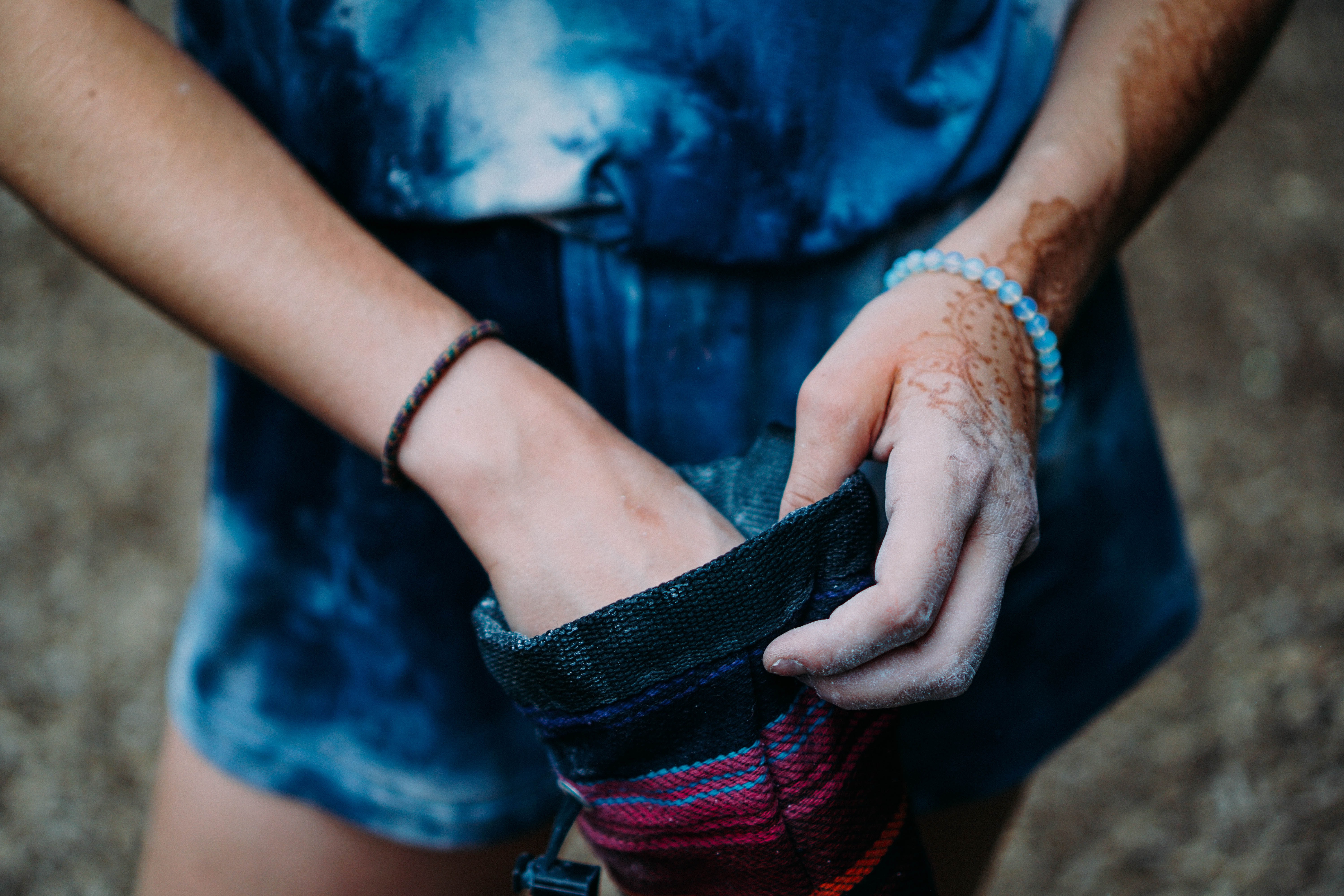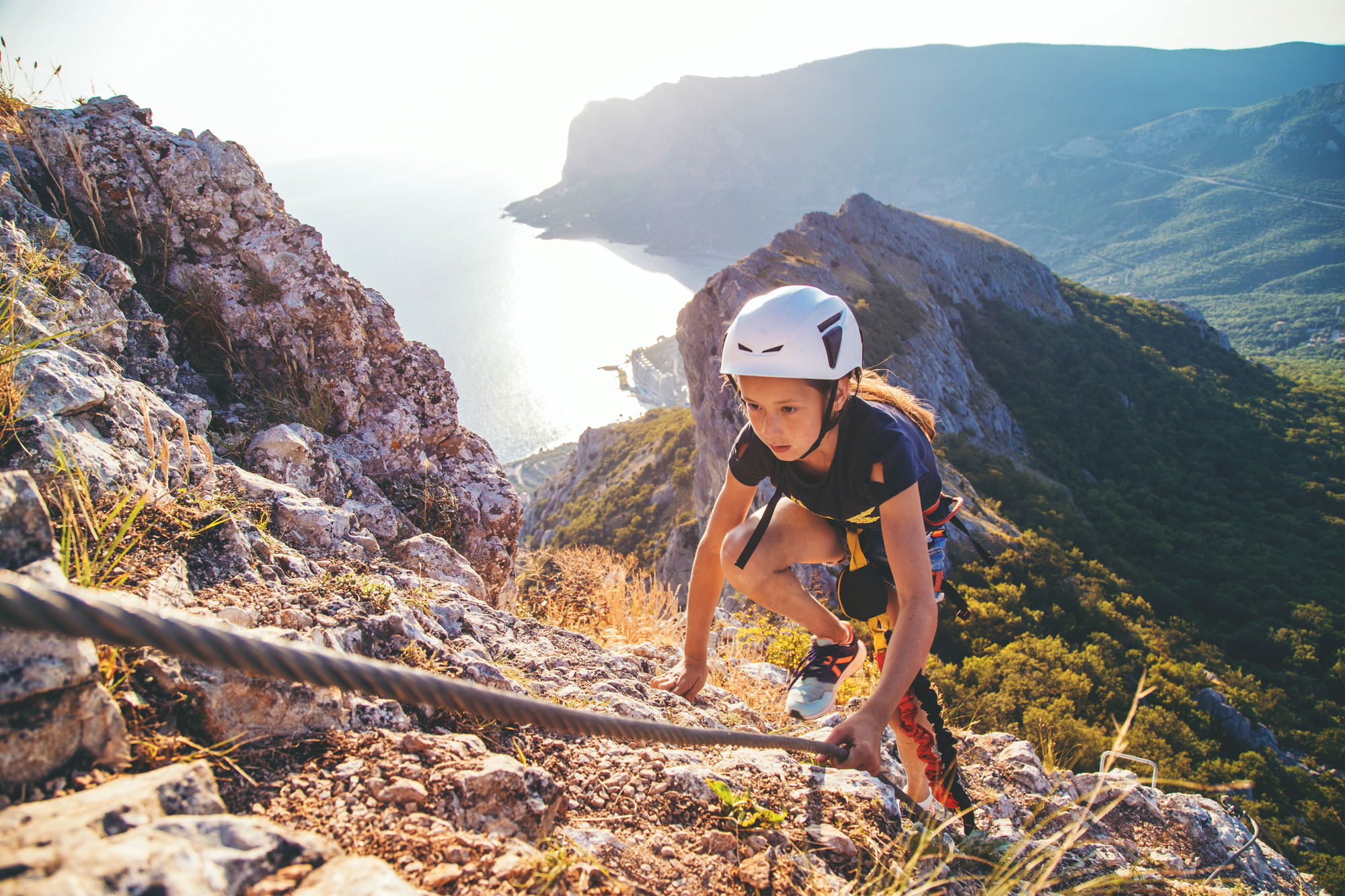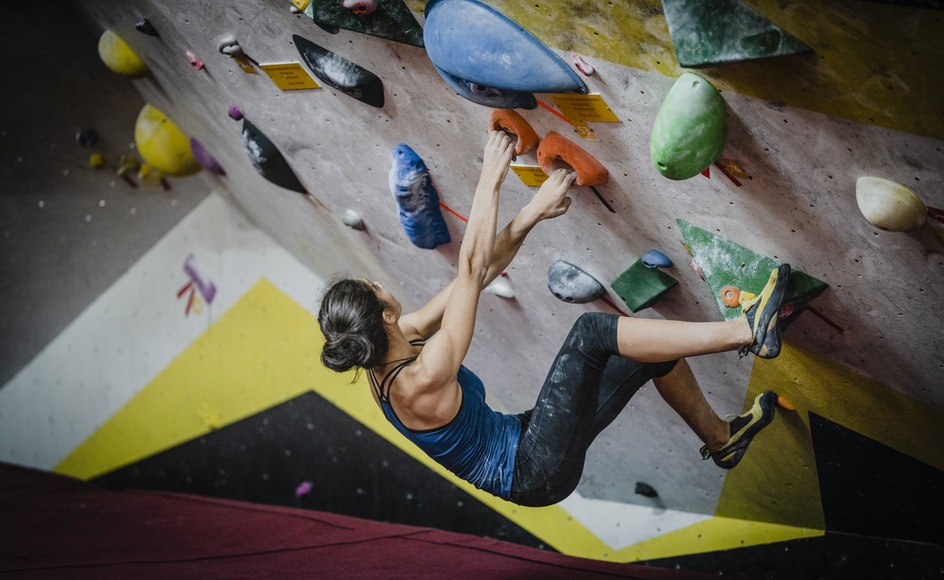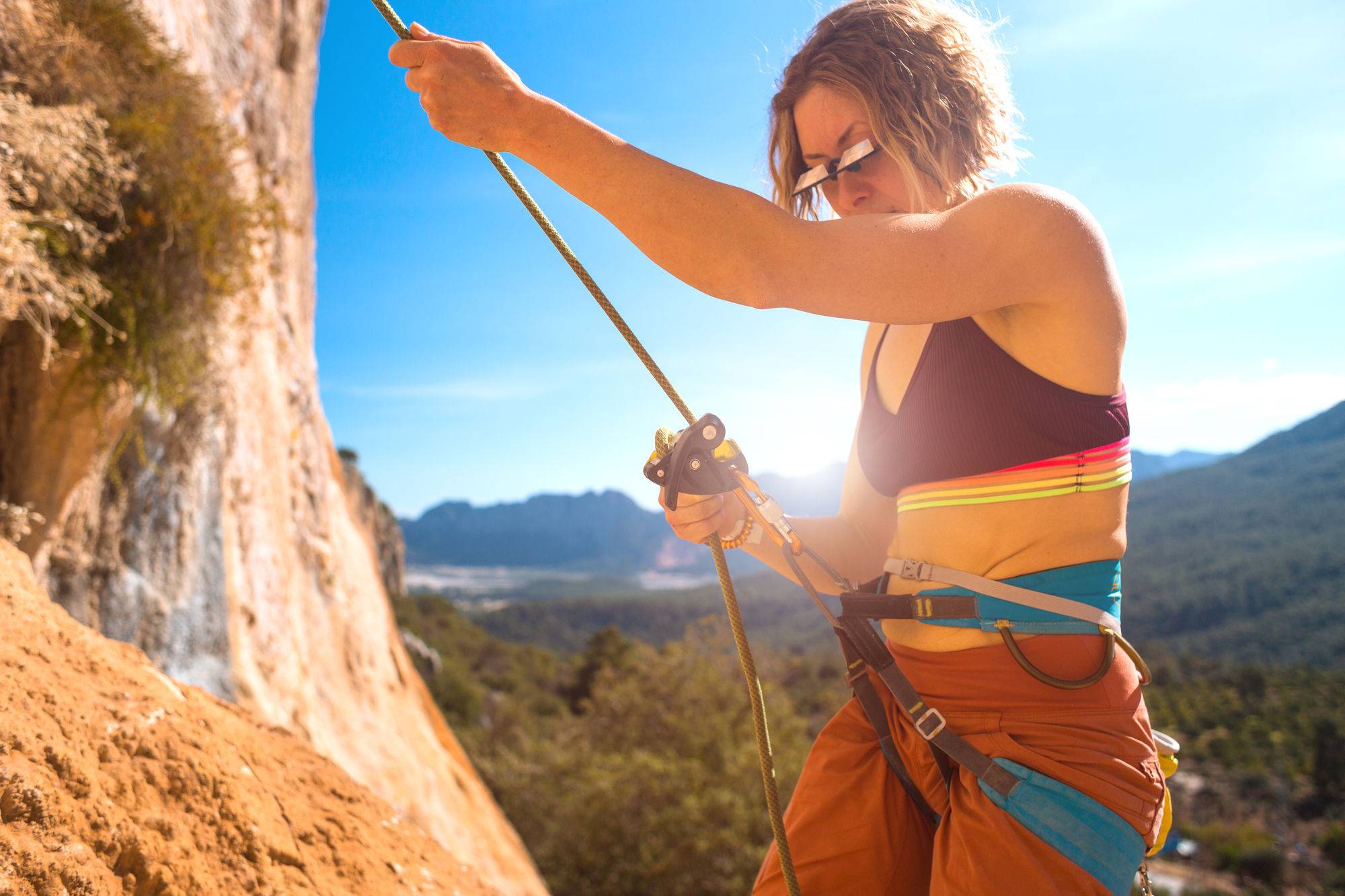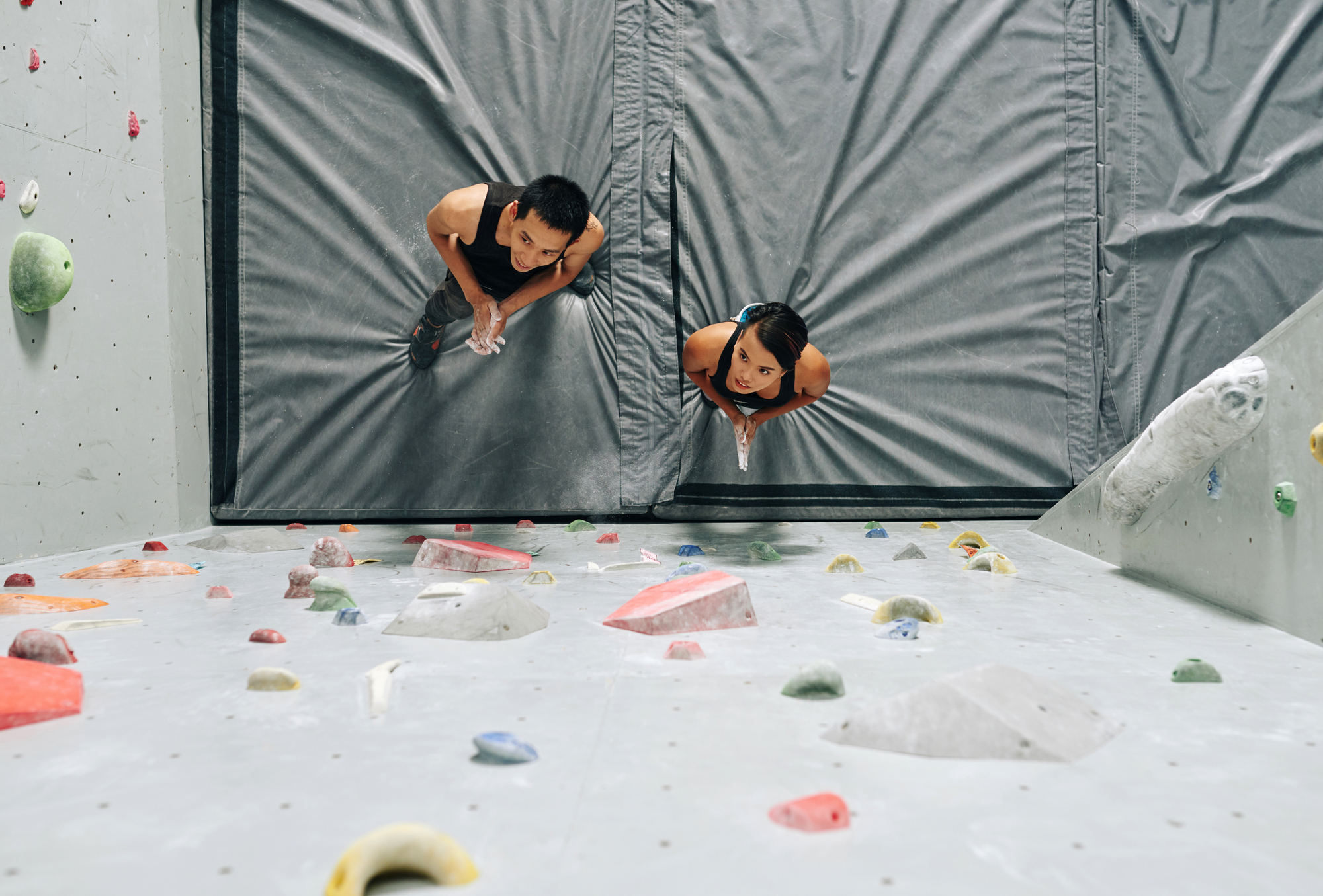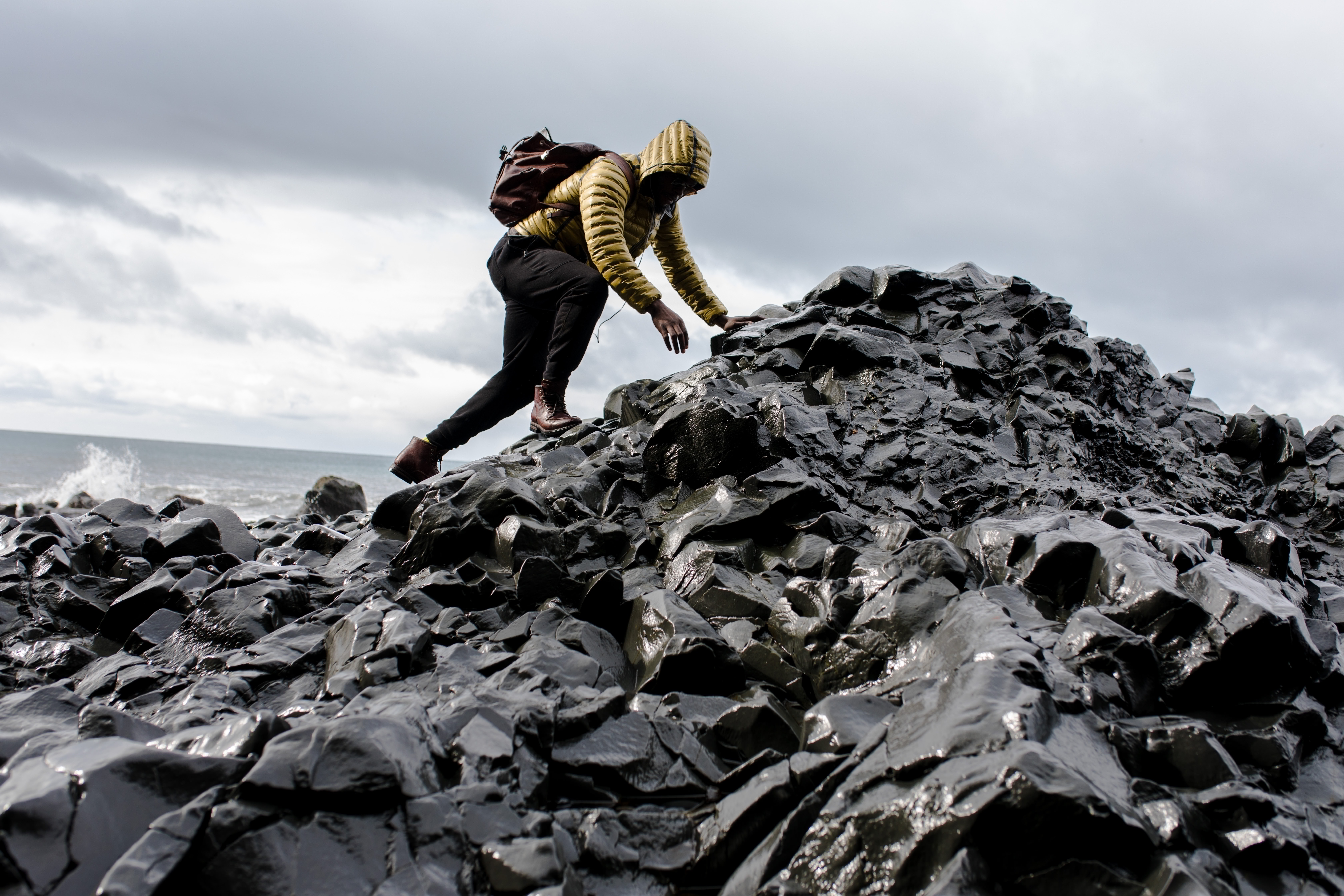Ask any athlete and they will tell you that an injury is like a rite of passage in any kind of sport, more so in extreme sports. Rock climbing is no exemption.
Whether you’re new to the activity or already a veteran, getting injured is most likely something you’ve already prepared for.
One of the most common injuries sustained by climbers is skin injury - more specifically, flappers.
In this guide, we will discuss everything you need to know about flappers, from what they are and how to prevent them, to the best way to treat them once you have them.
What Are Flappers And How Do You Get Them?

The short and sweet answer? The rock-climbing flapper is a torn piece of skin hanging by a thread on your hand.
A rock climber usually gets them at the top of their palms just below their fingers, or they can sometimes occur between the knuckles.
Flappers come in different shapes and sizes, but they all cause climbers a certain degree of pain and discomfort.
Essentially there are a number of factors that cause flappers, but the most common one is when a climber’s callus tears open.
But what if you don’t have calluses yet? For newbie rock climbers, your skin condition is a crucial element that influences whether or not you are more prone to friction-related skin injury.
The more you practice climbing, the more your skin hardens until you eventually develop calluses. In time, your skin becomes tougher and doesn’t feel as tender and as sore as it did in the beginning.
Take note, however, that being a veteran climber does not eliminate the chances of you getting a flapper.
Veteran climbers tend to be careless when it comes to treating their calluses, often neglecting them and allowing them to become too thick or bulging.
Calluses that are too thick or bulging end up getting caught on a hold or a rock which leads to skin tearing.
Can You Prevent Flappers From Forming?
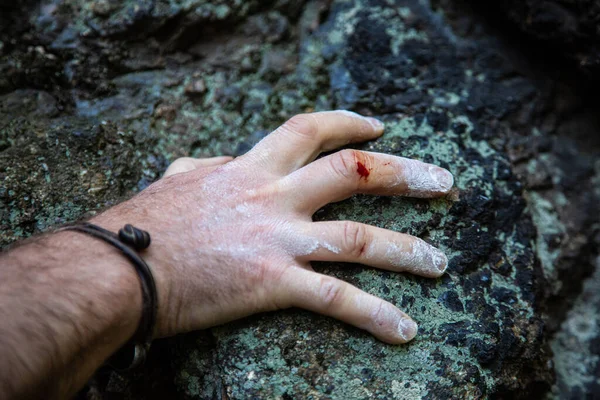
Yes you can!
Prevention is always better than cure. And what is the best way to prevent flappers? By paying attention to your hand’s condition after every climb.
If you are a beginner, it is inevitable that you will get blisters. At this point, there’s nothing much you can do about it except to wear it proudly like a badge of honor.
One thing you should not neglect, though, is hygiene. Don’t forget to wash your hands and disinfect your wounds in order to prevent infection.
As you become a more experienced climber, your blisters will eventually develop into strong and healthy calluses.
As a climber, you don’t really want to get rid of them. Instead, you’d want to make sure that they are flat and smooth to lessen the chances of tears and cracks.
Tips For Preventing Flappers
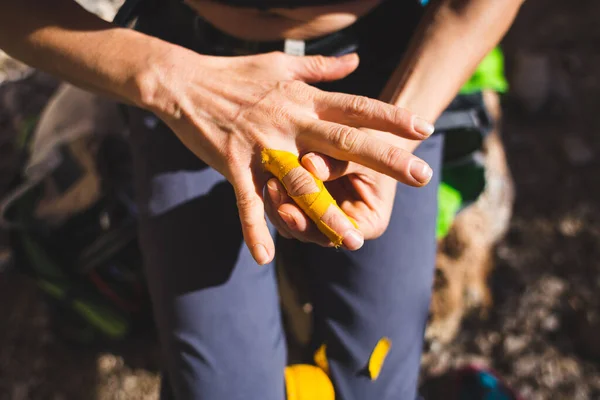
Filing Your Calluses
How do you make sure that your calluses stay flat and smooth? By filing them, of course!
Once you’ve noticed that your skin is frayed or that your callus is too thick or bulging, it’s time to start filing.
You can use a skin file, a pumice stone, or even sand paper for this.
Remember, you want to flatten or smoothen your calluses and not completely remove them, so be careful that you don’t file them down too much.
Keeping Your Skin Hydrated or Moisturized
You read that right! By keeping your skin hydrated and your hands moisturized, you help your skin become elastic.
Elastic skin does not easily crack and peel which reduces the chances of you getting flappers.
A word of caution, though; stay away from wax-based creams unless you enjoy the greasy feeling on your hands after applying them.
Go for salves or lotions with natural ingredients to help repair your dry and dehydrated skin.
Taping Your Fingers before Climbing
Climbing tape is an essential tool you must have whenever you go climbing. That being said, essential does not always mean favored.
Despite being an important tool, climbers try to limit the use of climbing tape due to reduced sensitivity and grip it causes when worn.
If you do decide to use climbing tape, make sure that you’ve washed your hands and your wounds.
Also, make sure that you don’t apply the tape over your joints as this can limit the movement of your fingers.
However, it may be a little tricky to apply climbing tape if the flapper is on your palm because it’s connected to your fingers and is not a straight surface.
You can try following the steps listed below to help tape flappers on your palm securely:
- Cut a piece of tape measuring the distance between your fingertips and your elbow.
- Place the middle of the tape behind the finger that is closest to the flapper and wrap it around the base of the finger.
- Put a pad or a piece of gauze on the wound or on the glue-free side of the tape.
- Position both ends of the tape diagonally across your palm. Both ends should cross on the flapper with one end going to the inside of your wrist while the other goes outside.
- Wrap both ends around your wrist, and they should meet once again at the back of your wrist.
- To secure both ends on your wrist, you can choose to wrap it again with another piece of tape.
Paying Attention To The Time You Spend Climbing
Always pay attention to the state of your skin throughout your session.
Get to know how long it takes before your hand begins to feel extra sensitive or develops blisters and tears.
Once you start to feel your skin hurting or becoming more sensitive and tender, consider calling it a day instead of pushing through with one more climbing session and abusing your skin.
By doing so, you are ensuring that you are still able to use your hands without the extra sensitivity and without having to worry about skin injuries.
If you'd like to read more, check out our article on how often you should rest when climbing.
How To Treat Flappers?
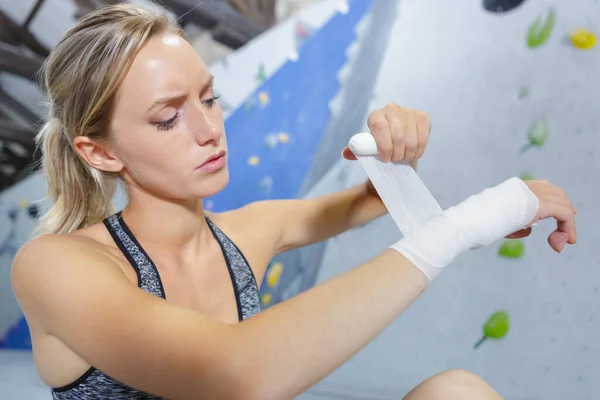
Sometimes no matter how much we try to be careful and take care of our skin, flappers still happen. Don't fret! The good news is that our skin can heal quite well on its own and at a fast rate, provided that you give it all the right conditions to do so.
1. The road to healing starts with good hygiene!
Make sure to thoroughly wash your hands(and wounds) with warm water and soap. Wash off any traces of chalk and blood while being extra careful so you don’t pull on the flappers.
2. You can choose to either cut or keep the flapper as there are varying opinions on which is more beneficial to promote healing.
If you do decide to cut off the flappers, make sure that you cleanly trim the torn skin to prevent dirt and bacteria from being trapped underneath.
3. Moisturize!
Keeping the flappers moist will definitely help reduce the pain and discomfort you feel.
You can choose to use either a salve or a balm to keep the flappers from drying out.
4. If you choose to tape up the flappers and continue to climb, make sure that you reduce movement of your injured hand once you get a hold.
Some even prefer crimps over jugs during this period.
5. Finally, let your wound breathe.
The best thing to do to help the healing process is to let it get some air to speed up the drying and recovery process.
Conclusion
Acquiring injuries whenever you engage in any kind of sport is inevitable. Flappers, no matter how common they may be, can definitely ruin a good climbing experience.
But it doesn’t mean that there's nothing you can do about it! There are many ways to prevent flappers and treat them if you cannot prevent them from forming.
One of the best ways to prevent flappers is to pay attention to your hand and skin’s condition at all times.
Aside from paying attention to proper hygiene, remember that keeping your skin healthy and hydrated at all times is the best way to avoid cracks and tears.
Lastly, learn when to stop. Listen to your body and know when it is time to take a break!

